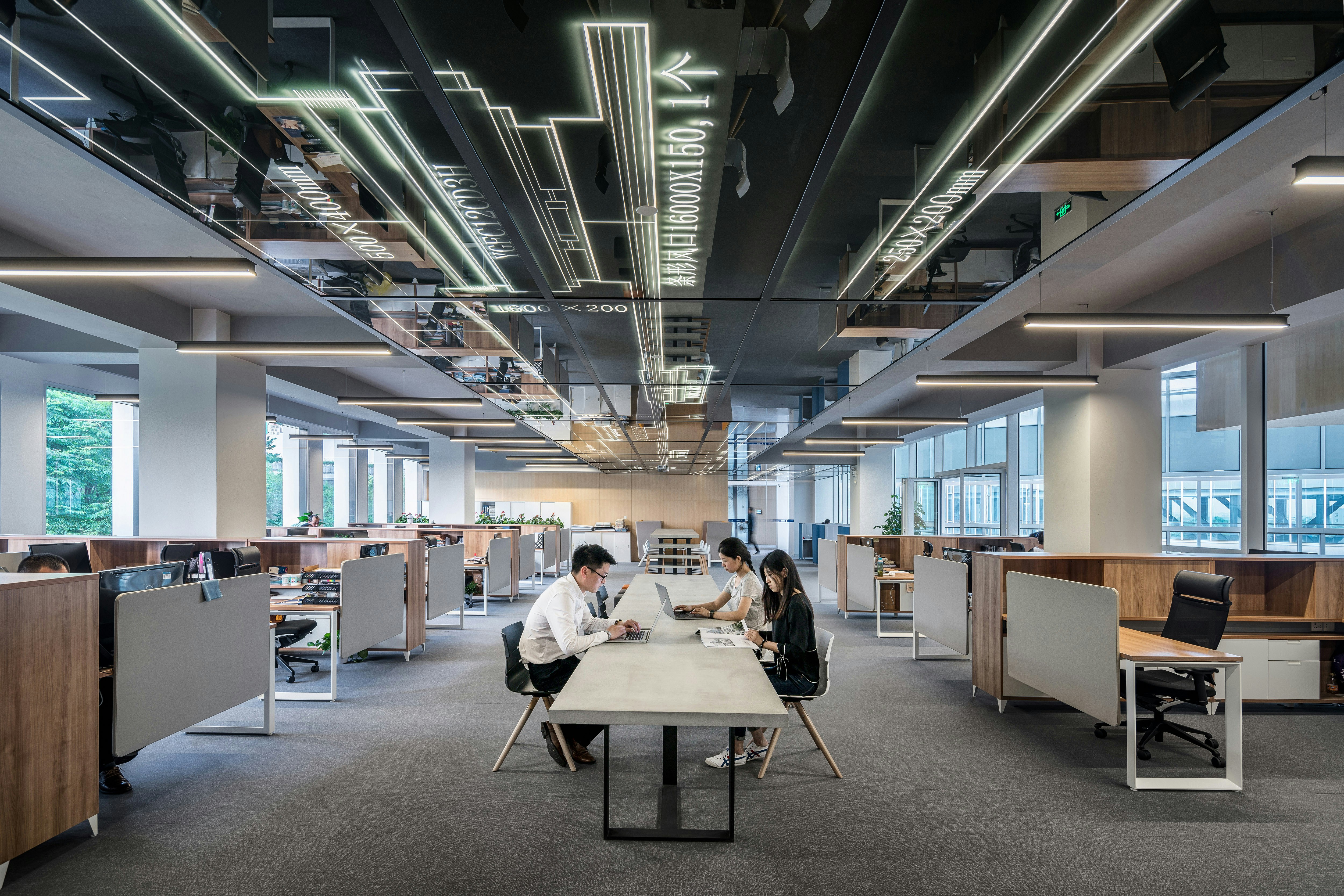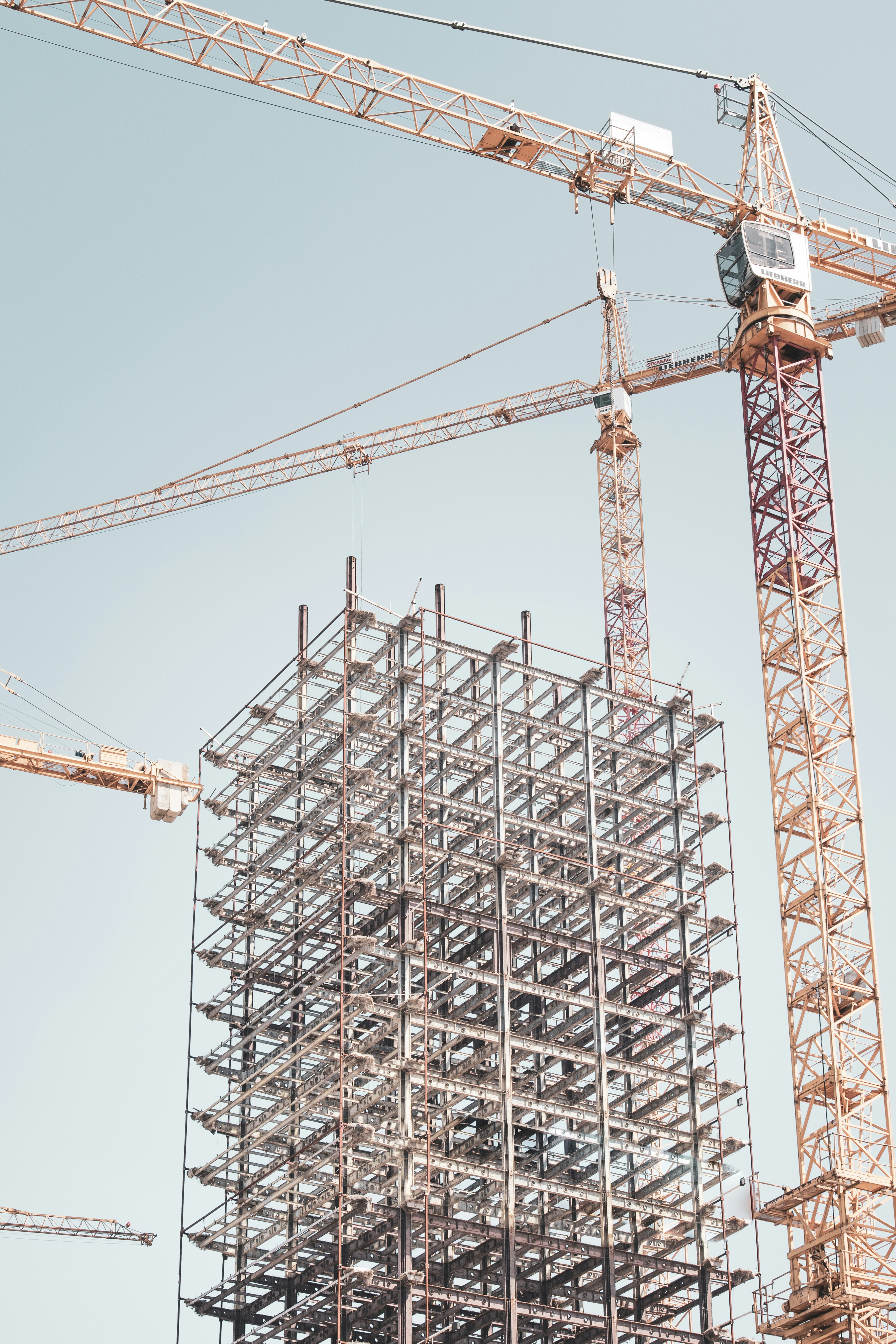Industry Updates
The Rise Of Smart Buildings: How Technology Is Shaping Architecture
Author: Daniel Foster
Mar 24, 2025

Architecture is no longer just about form and function—it is evolving into a data-driven, responsive discipline powered by technology. Smart buildings, equipped with AI-driven automation, IoT sensors, and energy-efficient systems, are transforming the way we design and interact with spaces.
The core idea behind smart buildings is optimization. With real-time data, architects and facility managers can monitor air quality, lighting levels, temperature, and occupancy to enhance efficiency and sustainability. For instance, AI-powered HVAC systems adjust airflow based on room usage, ensuring that no energy is wasted on cooling or heating empty spaces.
A key advancement in smart architecture is adaptive lighting and shading. Smart glass windows, which adjust transparency based on sunlight intensity, reduce glare while minimizing energy consumption. Companies like View Inc. and SageGlass are leading the way in this innovation, allowing buildings to dynamically respond to environmental conditions without human intervention.
Moreover, digital twins—virtual replicas of buildings—are being used to simulate how structures will behave under different conditions. This technology enables architects to test various scenarios before construction even begins, improving decision-making and reducing unforeseen challenges.
The future of smart buildings is not just about efficiency; it’s about creating healthier, more productive environments. Smart ventilation systems automatically filter out pollutants, AI-driven acoustics minimize noise disturbances, and biometric access control enhances security.
As architects and urban planners embrace this shift, one thing is clear: the buildings of tomorrow will not just be designed; they will be intelligent, responsive, and deeply connected to the needs of their occupants.

